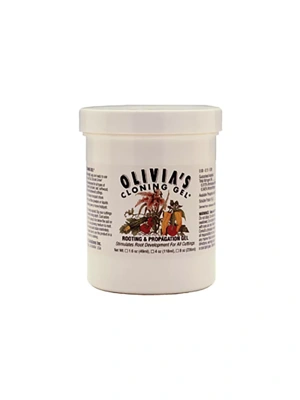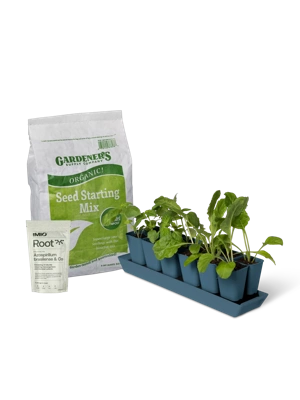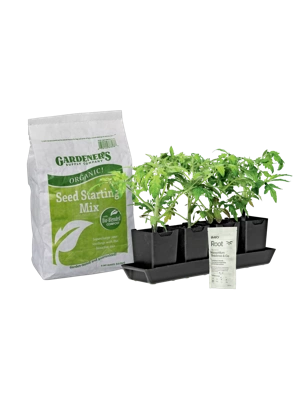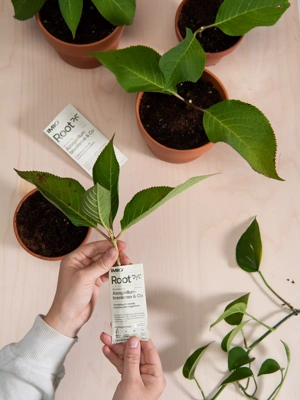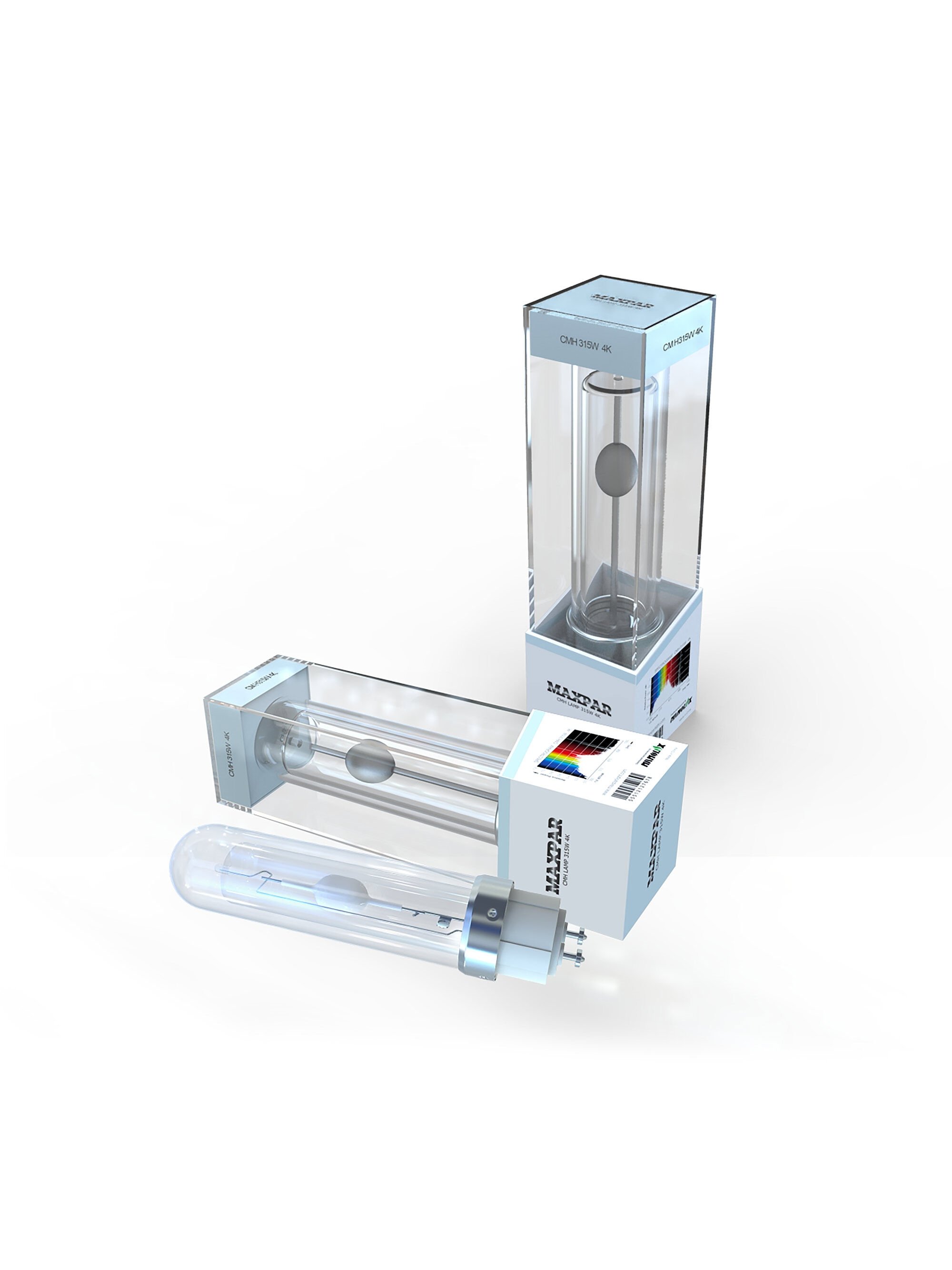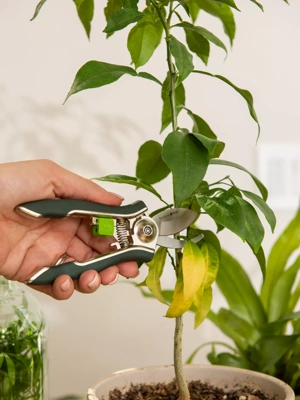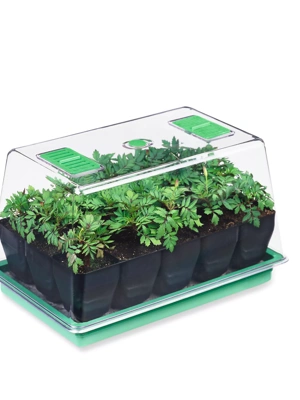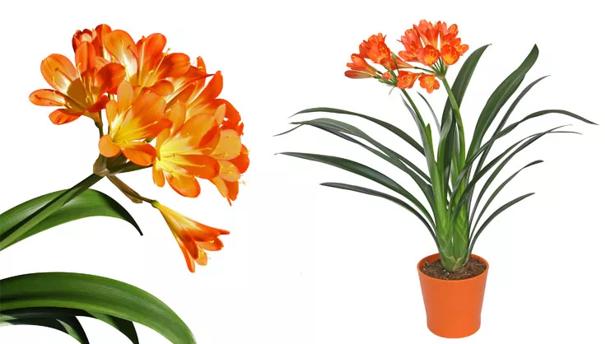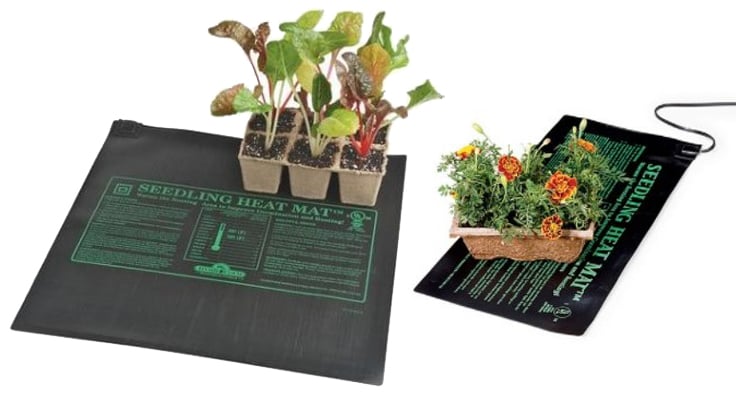How to Turn Plant Cuttings into New Plants with Propagation
Snip and sow your way to a larger garden!
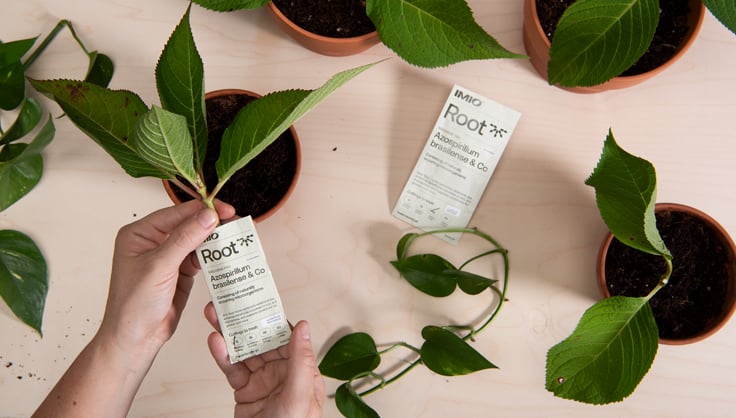
At a certain point, most everyone who grows plants finds that they want…more plants!
The good news is that you don’t have to wait for new seedlings to pop, and you don’t have to visit your local nursery either. Propagation, also referred to as "cloning", is the process of using one parent plant to form new individuals.
Propagating cuttings is not only a cost-effective way to get new plants; it’s also a fascinating journey into the world of plant reproduction.
In this article, we’ll give you tips for successfully propagating everything from common houseplants to garden favorites and specialty plants.
Which plants can I propagate from cuttings?
Many plants, both indoors and in the garden, can be propagated from cuttings. Houseplants like inch plants, philodendron, pothos, jade, monstera, hoyas, and many more can produce healthy new plants from stem cuttings.
Garden favorites including tomatoes, roses, impatiens, and hydrangea can also be propagated in this manner. Even specialty plants such as hemp and mulberry trees offer opportunities for propagation.
When should I propagate?
To maximize your success with plant propagation, it’s essential to understand your plant’s lifecycle and take a cutting at the optimal time of year.
There are four main types of stem cuttings:
Softwood cuttings are best propagated from young, tender stems taken in late spring or early summer. Hydrangea and lilac propagate best from softwood cuttings. Hemp is most easily propagated from cuttings taken during its vegetative growth stage, before flowers begin to develop.
Semi-hardwood cuttings are usually prepared from partially mature wood of the current season’s growth, just after a flush of growth — typically from mid-summer through early fall. Roses, azaleas, and rhododendrons can be propagated from semi-hardwood cuttings taken in the fall. Growing these cuttings indoors during the winter not only ensures a fresh burst of life in your home but also prepares you for a quick start to spring planting.
Hardwood cuttings are taken from fully dormant, mature stems in late fall or winter. The wood is firm and does not bend easily. Hardwood cuttings are typically made from evergreen and deciduous shrubs, including blueberry, forsythia, and juniper.
Herbaceous cuttings are made from non-woody plants, including tomatoes, coleus, geranium, and most common houseplants. Cuttings from herbaceous plants can be taken any time the plant is actively growing.
Types of Stem Cuttings
| Trees & Shrubs | Softwood | Semi-hardwood | Hardwood | Herbaceous |
| Cedar | ✓ | ✓ | ||
| Blueberry | ✓ | ✓ | ||
| Dogwood | ✓ | ✓ | ||
| Forsythia | ✓ | ✓ | ✓ | |
| Gardenia | ✓ | ✓ | ||
| Ginko | ✓ | |||
| Hydrangea | ✓ | ✓ | ||
| Jasmine | ✓ | |||
| Juniper | ✓ | ✓ | ||
| Larch | ✓ | |||
| Lilac | ✓ | |||
| Magnolia | ✓ | |||
| Rose | ✓ | ✓ | ||
| Rhododendron | ✓ | ✓ | ||
| Willow | ✓ | ✓ | ✓ | |
| Wisteria | ✓ | |||
| Annuals & Perennials | ||||
| Basil | ✓ | |||
| Coleus | ✓ | |||
| Geranium | ✓ | |||
| Heliotrope | ✓ | |||
| Lavender | ✓ | ✓ | ||
| Mint | ✓ | |||
| Persian shield | ✓ | |||
| Petunia | ✓ | |||
| Pineapple sage | ✓ | |||
| Salvia | ✓ | |||
| Sweet potato vine | ✓ | |||
| Tomato | ✓ | |||
| Houseplants | ||||
| Croton | ✓ | |||
| Corn Plant (Dracaena spp.) | ✓ | |||
| Inch Plant (Tradescantia spp.) | ✓ | |||
| Jade (Crassula spp.) | ✓ | |||
| Monstera | ✓ | |||
| Philodendron | ✓ | |||
| Pothos | ✓ | |||
| Wax Vine (Hoya carnosa) | ✓ | |||
| Weeping Fig | ✓ | |||
How to take a healthy plant cutting
Start by choosing a healthy parent plant; avoid using plants with disease or pests. Next, identify where you’ll want to make your cut. Look to cut off 3-6 inches, including a node (the point where leaves and branches meet) around the end of your cutting. Nodes are crucial as they contain dormant buds that will develop into new roots and shoots.
Grab a clean, sharp knife or set of pruning shears. You’ll want to avoid cutting with anything dull, as it can damage the plant. Make your cut, and remove any leaves or flowers from the lower part of the cutting to reduce moisture loss and direct its energy towards rooting. Now you have your cutting!
How to propagate your plant cutting
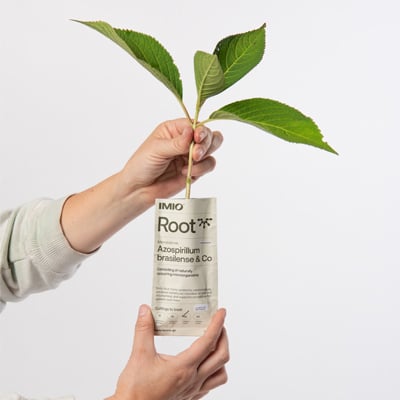
Now it’s time to set your cutting up to root. Follow these steps:
- Fill a small pot or seedling tray with seed starter mix, coco coir, or other growing medium
- Create a hole in the soil or substrate with a pencil or the end of a spoon to accommodate your cutting
- Dip the cutting into a rooting solution, such as IMIO Root or synthetic plant hormones
- Place the cutting into the hole in the soil or substrate and gently water the soil
Be sure to maintain humidity and moisture, but avoid saturation. A seed starting container or pot with a humidity dome is helpful to maintain initial humidity — be sure to remove the dome after a few days so air can circulate.
What are rooting aids?
While some plants can root cuttings by placing them in water, the process can be significantly enhanced by using plant rooting aids. Unfortunately, many traditional synthetic hormones contain chemicals that may be harmful to the environment and people.
Fortunately, Gardener's Supply offers an effective, all-natural propagation alternative with IMIO Root, which is composed of beneficial fungi and bacteria.
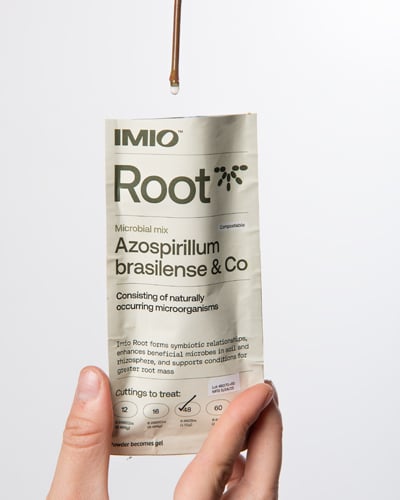
How long does it take for plant cuttings to root?
Rooting times vary by plant species. When using IMIO Root, most houseplants such as inch plants will root within approximately 7 days, hemp within 14 days, and roses within about 21 days. When you observe roots emerging from the bottom of the soil, it's a sign that your cutting has successfully become a new rooted plant and is ready for transplanting.
Get Rooting!
If you're new to propagating cuttings, consider starting with a propagation kit that includes IMIO Root, Gardener's Supply's seed tray, and seedling starter mix. These kits provide everything you need to get you started.With the right knowledge and tools, it’s easy to turn one great plant into many. Happy growing!
Last updated: 02/09/2024
Print this Article:
Related items
Related Articles
Get the Dirt
Stay up to date on new articles and advice. Please fill out the information below.

